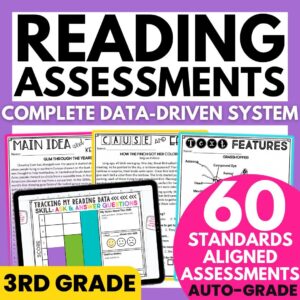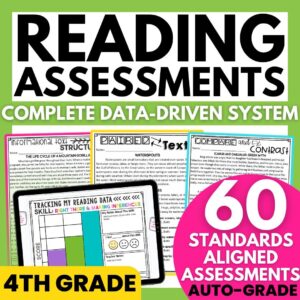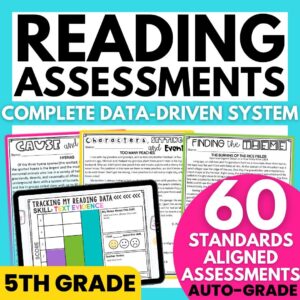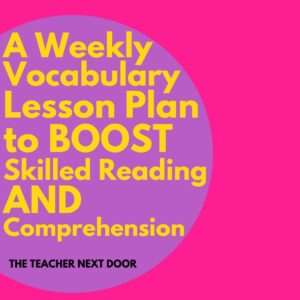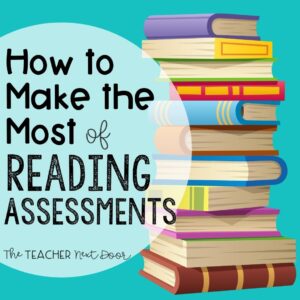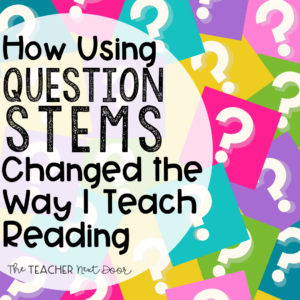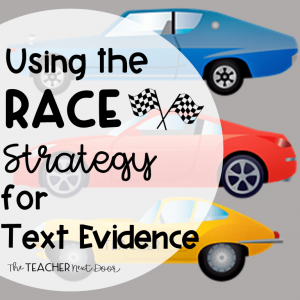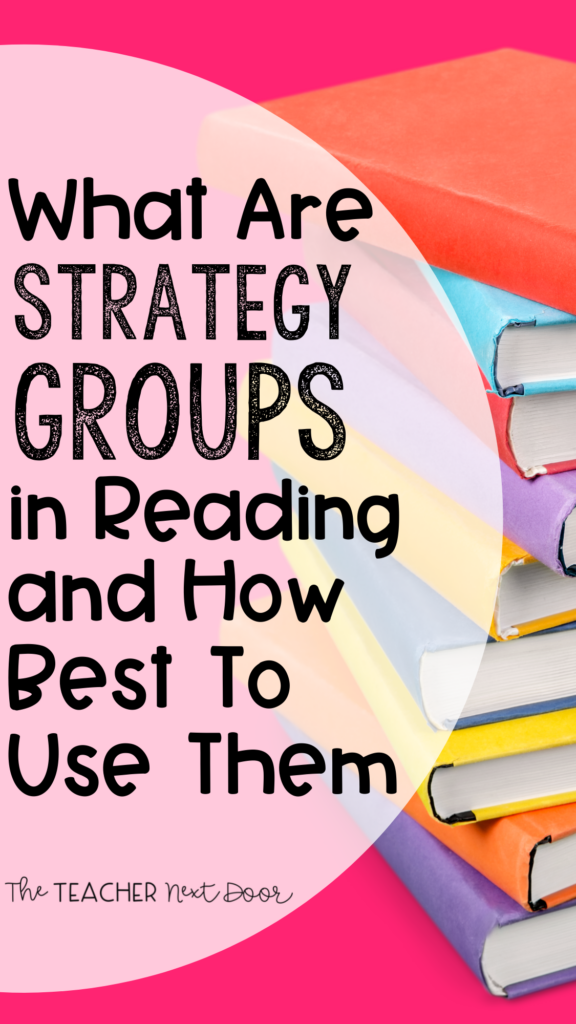
In the world of teaching reading, there are certain staples that have been around forever, that teachers pretty universally agree are valuable and worthwhile. Guided reading groups definitely fit into this category.
Strategy groups, on the other hand, are a bit of a lesser-known idea, and some teachers may be less familiar with them. Strategy groups can be super powerful!
You might be wondering though, “Which should I choose, strategy groups or guided reading groups?”
The answer is both!
These two types of groups are both super important, but you do need to know when to choose which one. Keep reading for my breakdown of the key differences between Guided Reading groups and Strategy groups and when you should use each one.
Guided Reading Groups
Guided reading groups are made up of students who are all at approximately the same reading level. A guided reading group may be somewhat fixed or may vary as time goes on, but it usually meets for a longer period of time, usually over multiple weeks or even months.
-based on students’ instructional levels
-all students are at about the same reading level
-groups stay the same for a longer period of time (usually a month or longer)
-all students are reading the same text
-the focus is to get students reading
While there is usually some kind of word work and/or vocabulary included in a guided reading lesson, the main focus is for students to read the text. The teacher will address reading strategies that are specific to that text, and students can apply them right away.
The data for grouping guided reading groups typically come from running records or reading assessments.
Strategy Groups
Strategy groups, on the other hand, are made up of students at a variety of different reading levels. What they have in common instead is a need to practice one specific reading strategy. Students don’t even have to use the same text.
-Wide variety of reading levels
-Students each bring their own text
-Target one very specific reading strategy
-Very flexible, groups may be together for only a few sessions
-Can be used for Guided Reading or for Reading Workshop
For strategy groups, your goal is to get students to a point where they are able to apply that specific strategy to any text, without the support of the teacher.
How to Choose?
Now that you know the differences between guided reading groups and strategy groups, how do you know when to choose which? The answer has a lot to do with your personal teaching style, and how you run your reading block.
For teachers who use guided reading groups, it works well to plan out guided reading groups weekly but save some space in the reading block to meet with strategy groups as needed. Creating and planning strategy groups is a little bit more “on the fly.” You can use data and anecdotal evidence (simply observe students) to determine which students need to work on a specific strategy.
For teachers who use reading workshop, strategy groups can meet during independent reading time, when the teacher is usually meeting with individual students to confer about their reading. While strategy groups may mean that the time for individual teacher-student conferences may be more limited, being able to help several students at the same time is really beneficial. Also, knowing that the strategy groups will only meet a few times (usually one to four times), the short term trade off is worth it!
Another idea is to invite students to a strategy group if they feel they need the extra help. You could say, “Okay, anyone who wants some extra practice with making inferences, bring your book and join me.” You will probably be surprised how many kids want to join you!
(I wouldn’t do this all the time, but it is a great way to get students thinking critically about their own learning needs.)
Resources to Help With Grouping Students
If you are looking for high-quality reading assessments that will help you form these strategy groups, look no further! I’ve created reading assessments for 3rd, 4th, and 5th grade. They hit all fiction and nonfiction reading standards, and you can grab a whole year’s worth in one place! No more scrambling!!!
These assessments are quick and simple to implement, but they provide targeted, valuable data that will help you determine which students need more help with specific strategies.
Click on your grade level below to check them out!
Thanks so much for stopping by!


